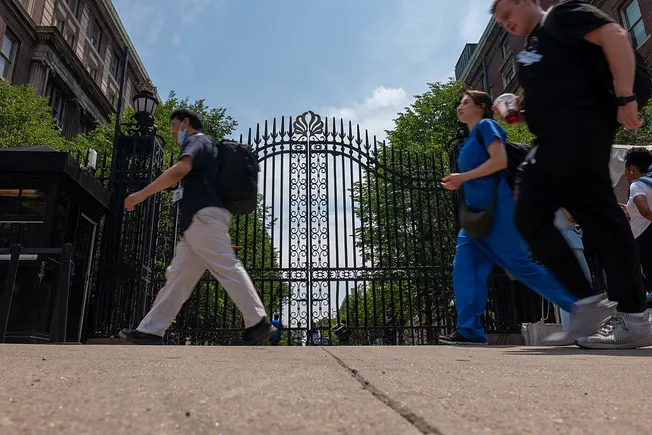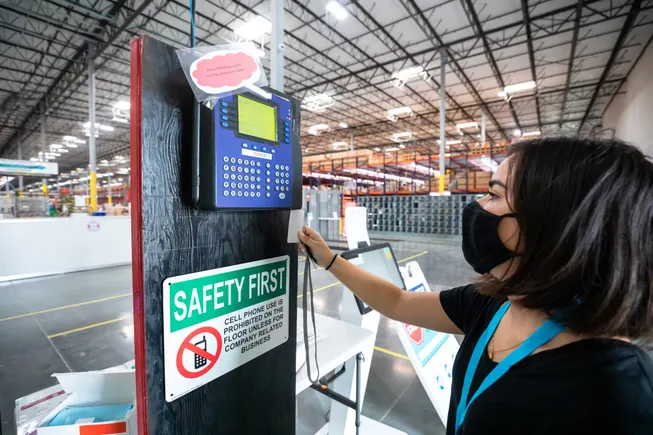Estimated reading time: 3 minutes
When a position becomes open in the organization, HR and the hiring manager should meet to discuss the position. Some people call this meeting an “intake” meeting. I prefer the term recruiting strategy meeting because the results from the meeting help to establish the recruiting strategy for the open position.
Some people might say, “Hey, I don’t need to have this meeting because I recruit for this position all the time.” And I get it. I’ve worked places where there were certain positions we regularly recruited for. But that doesn’t mean we should skip the meeting. Because one of the things that can happen during the meeting is confirming the job description.
Forgive me for going off on a quick tangent here but updating job descriptions is (I believe) one task that both HR and hiring managers dislike. And if you’ve ever had to update all the organization’s job descriptions at the same time … well, then you know that at the end of the project, people say things like, “Whew! I’m glad that’s over and I never want to see another job description again.” That’s the wrong response. Once a job description is current, the organization needs to find a way to keep it current. It’s not by ignoring them.
So back to the recruiting strategy meeting. This is a time to quickly review the job description and confirm that it’s current. Otherwise, managers might make small changes to the job description and HR doesn’t know. Then there might come a time when HR presents candidates to the hiring manager and the hiring manager says, “Why are you sending me candidates with this background? We changed that requirement months ago.” All that work = wasted. Because those little job description changes add up.
Besides the job description, another reason to conduct a recruiting strategy meeting is to have an effective and efficient process.Get HR and the hiring manager aligned about what’s going to happen and when. This reduces the “I don’t know what they’re doing.” response when someone asks why a position hasn’t been filled yet.
Related to having an effective and efficient process, conducting recruiting strategy meetings allows HR to ask the hiring manager how they plan to get the work done while the hiring process is taking place. Let’s say, the organization’s average time to fill is 60 days. It could be helpful to have a freelancer or contractor to help during that time. Some hiring managers will reply with “Oh, we’ll just pay overtime.” Or “The team will pick up the extra work.” And that might be true. But there could also come a point where the current team asks what’s taking so long. They agreed to help but thought it would just be for a week or two.
In my experience, when hiring managers start getting pressure from their own teams about filling positions, sometimes those hiring managers start rushing the process. Which could lead to not making the decision they would normally make if they weren’t under pressure. This can lead to other problems.
I know that I just wrote an article about how much time we spend in meetings. The point of that article wasn’t to eliminate all meetings. It’s to focus on having good ones. The necessary ones. I believe recruiting strategy meetings are one of the necessary ones. It builds the foundation for a good recruiting process … and ultimately, hiring well.
Image captured by Sharlyn Lauby while exploring the streets of Savannah, GA
The post Recruiting Strategy Meetings: Why You Really Need to Have Them appeared first on hr bartender.























